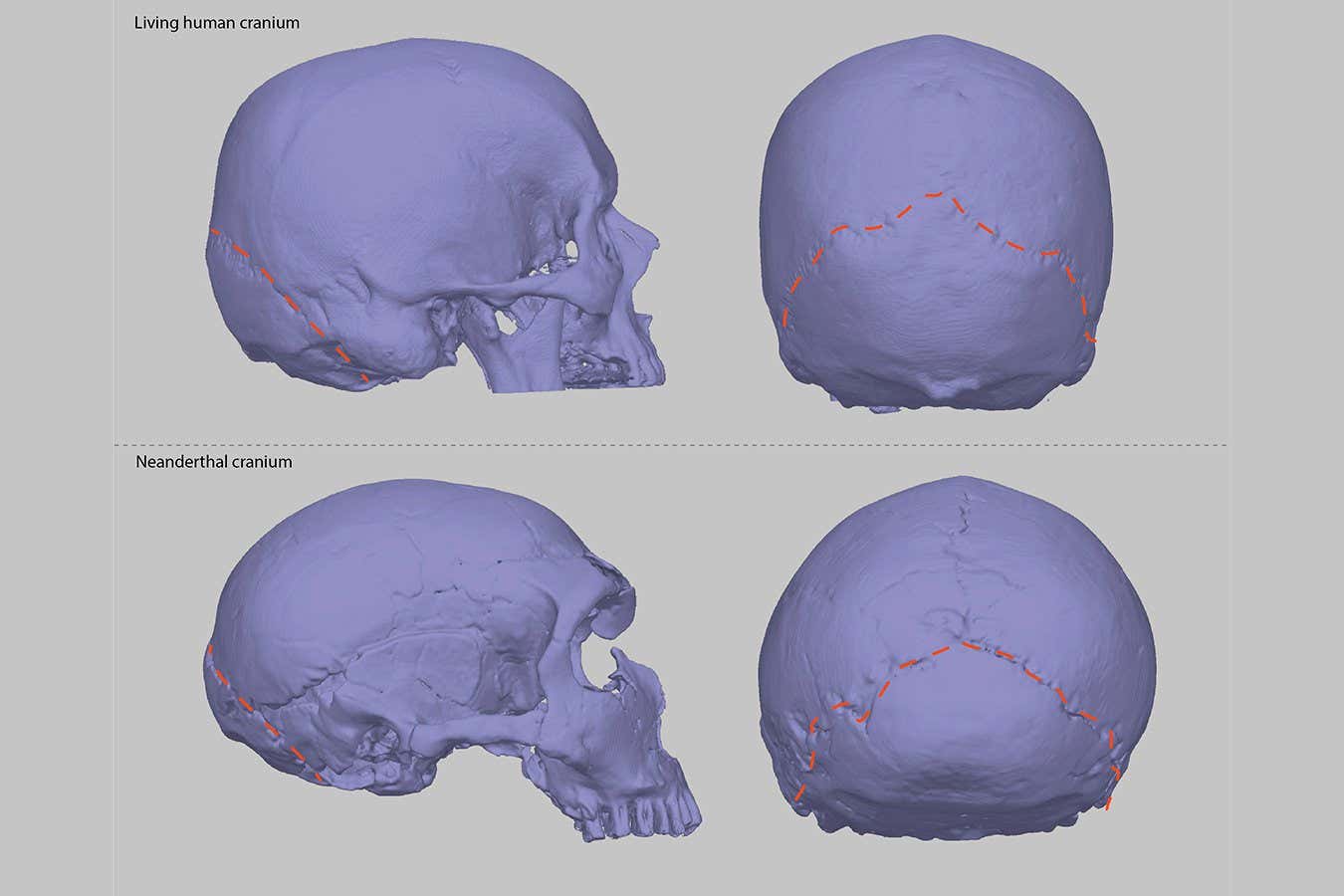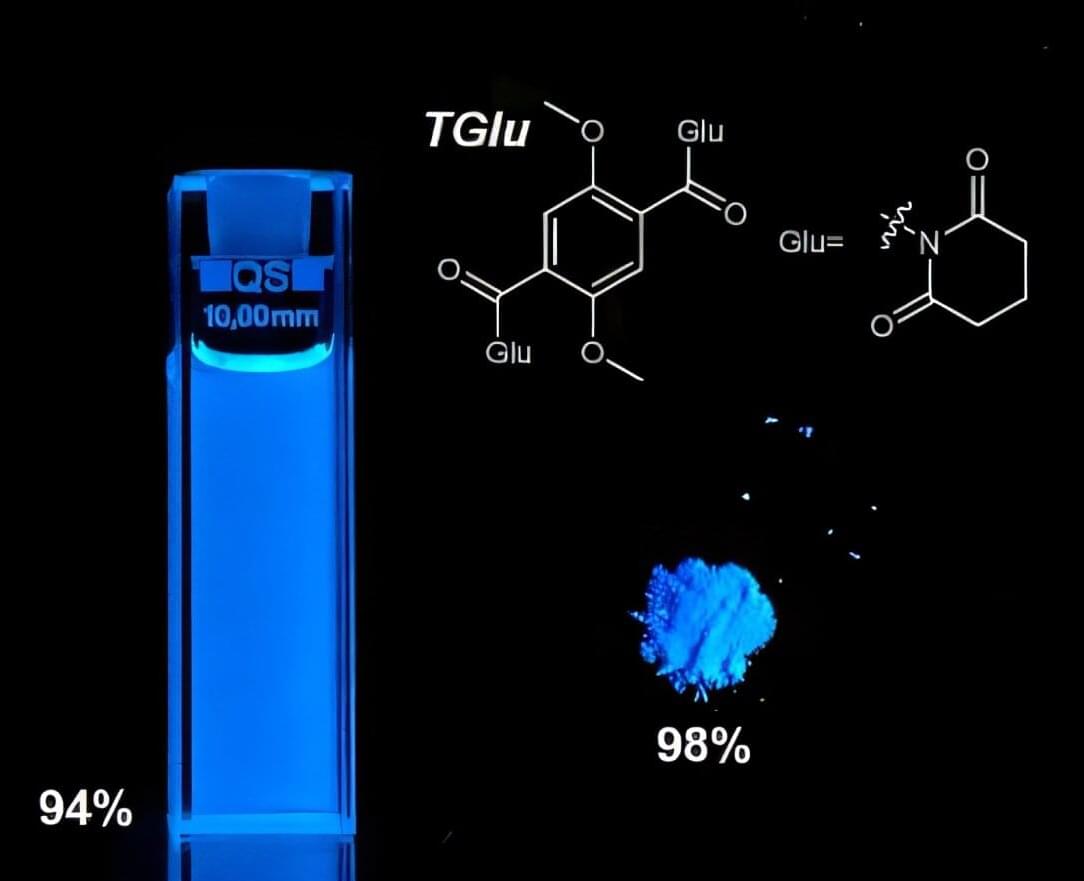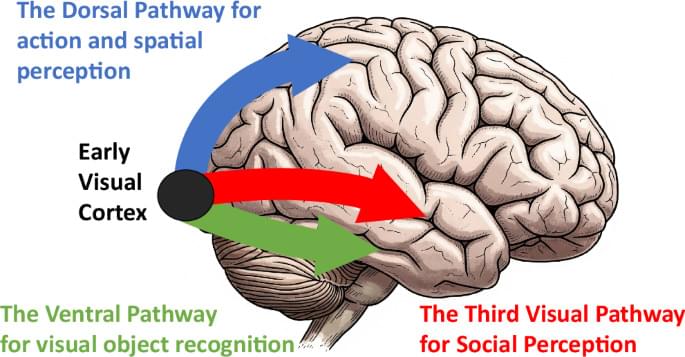This is a ~1 hour talk by Michael Timothy Bennett (https://michaeltimothybennett.com/) on his ideas around computation and consciousness.
Direct link to the thesis preprint: https://osf.io/preprints/thesiscommons/wehmg_v1?view_only=
YT: https://www.youtube.com/@michaeltimothybennett.
X: https://twitter.com/MiTiBennett





